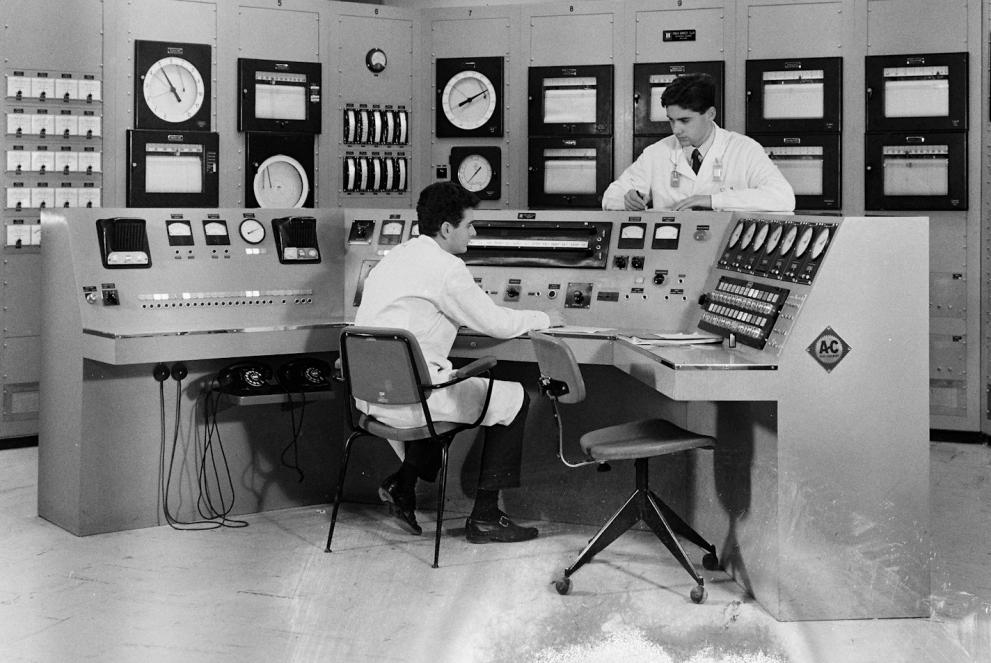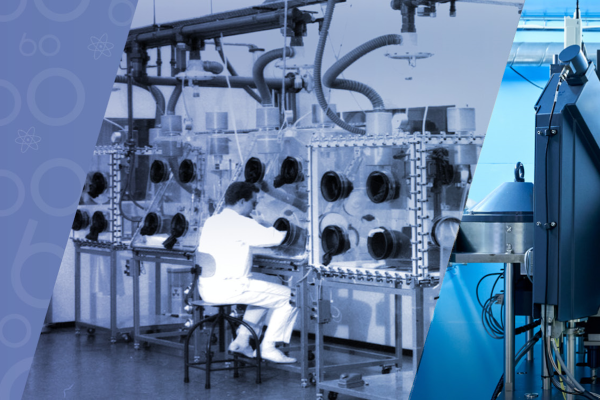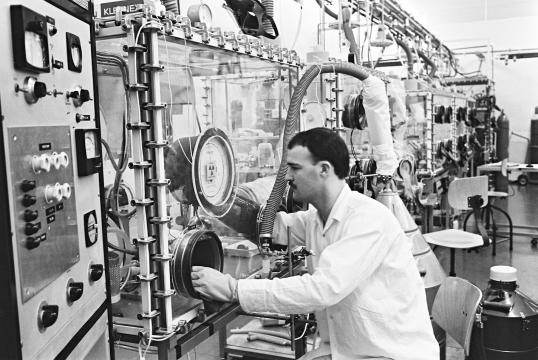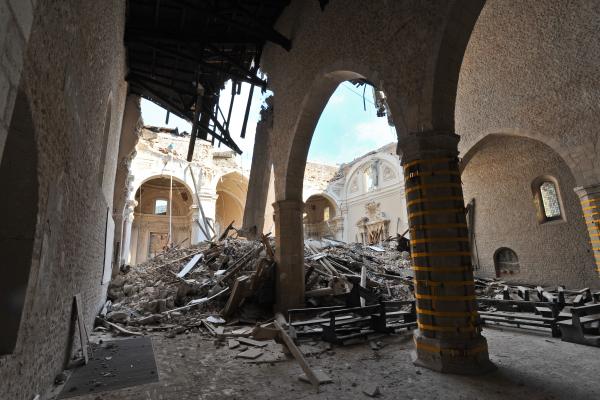
Joint European nuclear research began with the Euratom treaty in 1957, which called for the establishment of a ‘Joint Nuclear Research Centre’. Research activities started soon after in different sites across Europe.
Why was nuclear energy so important to deserve its own treaty?
The six founding Euratom Member States knew that their economies were becoming more and more energy-hungry. At the same time, they realised that they could no longer rely only on fossil fuels. Coal reserves were dwindling, and oil mostly came from other world regions, which made its supply precarious: the Suez crisis of 1956, which paralysed the delivery of oil from the Middle East, was fresh in everyone’s memory and showed the risks of relying entirely on third countries. Member States saw nuclear energy as a more reliable and efficient way to power their economies, so they decided to join forces and create the European Atomic Energy Community – in short, Euratom.

For the last 60 years, the JRC has been developing and applying solid nuclear expertise and making available unique nuclear research infrastructures to positively impact economic and social development in the EU Member States and around the world.
60 years at the forefront of energy research
With the Euratom treaty in place, the six countries started to set up the Joint Nuclear Research Centre, the institution that would eventually become today’s JRC. Research sites were built or adapted in Ispra (Italy), Petten (Netherlands), Geel (Belgium), and finally in Karlsruhe (Germany) in 1963. The construction of the Karlsruhe site started on this very day 60 years ago: an important anniversary that conventionally marks the beginning of Euratom research activities.
Euratom research areas ranged from the testing of new nuclear fuels to the study of safety measures and safeguards. Over time, the JRC established itself as a point of reference for nuclear energy research at the global level.
For example, during the ‘80s the JRC developed the TRANSURANUS code, a tool that models many properties of fuel elements used in nuclear reactors. It can simulate the behaviour of various fuel elements in normal, abnormal and accident conditions, contributing to the safety of nuclear reactors. The TRANSURANUS code became even more valuable when later EU enlargements brought Soviet-designed reactors into the Union.
Today, the JRC continues to be at the forefront of nuclear energy research, for example by contributing to EU initiatives on the so-called ‘small modular reactors’ – a technology that can contribute to the supply of power and heat, potentially playing an important role in decarbonising heavy industry and other hard-to-abate sectors.
Nuclear beyond energy
Nuclear research at the JRC soon branched out to non-energy related areas.
For example, in 1988, in the aftermath of the Chernobyl accident, the JRC established a Radioactivity Environmental Monitoring (REM) database, which brought together data from across the continent to monitor radioactivity in air, soil, water, milk, meat, vegetables, and more. The database was – and still is – openly accessible, helping European countries to detect radioactivity anomalies regardless of their participation in Euratom.
JRC experts even found ways to help combat illicit trafficking in nuclear materials. Since the first cases of ‘nuclear smuggling’ in the EU, back in 1992, they developed and perfected methods to identify the origin, age and intended use of a nuclear material: with these ‘nuclear forensics’ techniques, they could analyse samples of materials seized by law enforcement authorities, contributing to support non-proliferation, deter nuclear terrorism and prosecute the perpetrators. Since 1992, JRC nuclear forensics experts supported EU Member States in more than 60 incidents involving nuclear material.
Since the late ‘90s, cancer therapy has also become a key area of research. Together with clinical research partners, the JRC developed a new treatment method of ‘Targeted Alpha Therapy’ using Actinium-225. This therapy has proven to be effective in fighting various types of cancer, such as bladder cancer, prostate cancer, brain tumours, and neuroendocrine tumours. Several clinical institutes around the world have since recognised the potential of this new treatment method and started collaborating with the JRC: more than 1000 patients have already received treatment through these collaborations.
To be continued…
When the Euratom journey began, achievements like these were hard to imagine. Studying the building blocks of matter, it turns out, can yield extraordinary results. 60 years on, the JRC continues to explore the frontiers of nuclear science applications, for the benefit of all Europeans.
Details
- Publication date
- 23 November 2023
- Author
- Joint Research Centre
- JRC portfolios



